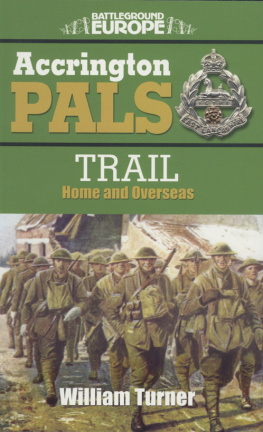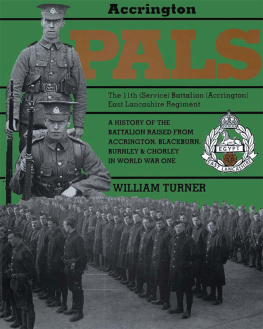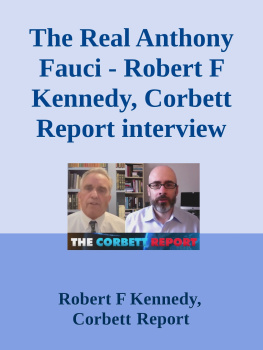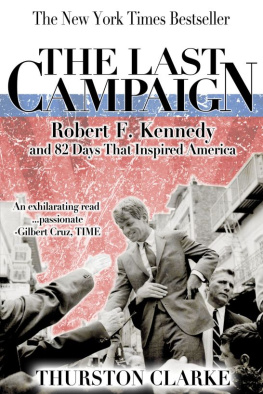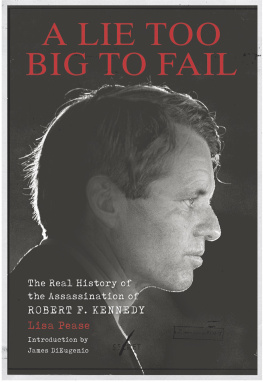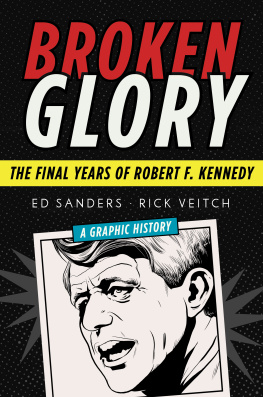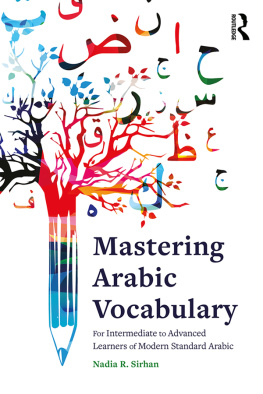
The Assassination of
ROBERT F.
KENNEDY
WILLIAM W TURNER
JONN G. CHRISTIAN


The Assassination of
ROBERT F.
KENNEDY
The Conspiracy
and Coverup




Acknowledgments
IT WOULD TAKE A BOOK IN ITSELF TO NAME EVERYONE TO WHOM WE became indebted over the years as The Assassination of Robert F. Kennedy evolved from an investigative project to a finished volume. But we would especially like to thank Vincent T. Bugliosi and Allard K. Lowenstein, eminent lawyers whose forensic skills and determined probing are chronicled herein. Also Jocelyn Brando, Robert Vaughn, Dianne Hull and Paul Le Mat, Hollywood citizen-actors whose moral support and encouragement were indispensable over the long haul, as was the generous assistance of R.B. Cutler.
The tedious task of transforming our investigative file into a manuscript was aided immeasurably by John A. "Jack" Thomas, a young man willing to open his mind and dedicate himself to the project, and English-born Lorraine Y. S. Cradock, who undertook more responsibility than most native citizens might have in turbulent times. We are also grateful to Fremont Bodine "Peter" Hitchcock, a friend whose unfortunate and premature death kept him from knowing that his contribution has borne fruit, and to the late Sara Jane Churchill De Witt, her son Jack and her daughter Mrs. Bill (Bettie) Anderson for their unlimited understanding and encouragement. Also to Ms. Shiela Dingwall and Elizabeth Rosella Malone, whose recent assistance and support have been greatly appreciated. And it would hardly be an exaggeration to say there would be no book without the commitment and forbearance of our families, who proved through often hectic phases of this project that love is indeed boundless.
Nor can a book see the light of print without a publisher, for which we are appreciative to Random House and its editorial director Jason Epstein for their vision and resolve in taking it on. We are likewise indebted to our working editor Susan Bolotin for her inexhaustible patience in nurturing it through the production process. To say the The Assassination of Robert F. Kennedy is not the easiest book they have been involved with is to say that the sun rises in the east, and we suspect, now that the tribulations are over, that they do care.
We would especially like to thank Neil Ortenberg and Charlie Winton for picking up where Random House left off.
Contents
xi
xiii
xxxi
Foreword
AS A FILMMAKER AND A STUDENT OF HISTORY, I AM INDEBTED To BILL Turner's collected writings. They include The Assassination of Robert F. Kennedy of which Jonn Christian is co-author. Turner's series of articles for Ramparts on the Jim Garrison investigation-rich with insight and details-were invaluable to my film, JFK. While the national media pilloried Garrison both personally and professionally, Turner gave Garrison and his case a fair hearing, checking out Garrison's leads, re-examining the case against Oswald, and, most of all, taking the time to understand the political intricacies of New Orleans in the 196o's.
Turner's stories, like movies, work in three dimensions. A complex bureaucratic paper chase becomes a tale of human foibles and agendas. Names, dates and places are imbued with personalities, back stories and, most of all, Turner's marvelous eye for humor and the human condition. The most simple questions, often ignored or obscured, are brought to the forefront: What really happened? Who is responsible? What can we do about it? And despite the relative lack of happy endings in Turner's pieces, the reader comes away empowered, with renewed understanding that history and politics belong not to some select few but to all of us.
At a time when journalism is a profession increasingly dominated by self-interested egos and armchair critics, Bill Turner's writing remains exemplary of his craft's most vital qualities: truth, compassion and humor.
OLIVER STONE
Introduction
SUPPRESSED. THAT IS THE ONLY WORD TO DESCRIBE WHAT HAPPENED TO The Assassination of Robert F. Kennedy when it was published by Random House in 1978. What began as an enthusiastic venture by a major publishing house resulted in thousands of copies of the book being destroyed.
The sorry saga began in 1975 when Jason Epstein, the Random House editorial director, signed up the book as one of his personal projects. He had been intrigued by the fact that Vincent Bugliosi, the renowned prosecutor of the Manson Family ritual murders case, which he later chronicled in Helter Skelter, had stepped into the RFK assassination investigation. At the time a civil trial was underway in Los Angeles in which a televangelist named Jerry Owen, who billed himself as "The Walking Bible," was suing the TV station that had broadcast his palms-up Bible-thumping. The station had dumped him, he alleged, because it believed he was involved in some way in the Kennedy slaying.
The belief stemmed from his own story that he had been with Sirhan Sirhan, the accused lone gunman, the day before RFK was shot and had been asked to meet Sirhan the following night outside the Ambassador Hotel. The question before the bar was whether the evangelist had been involved in a far deeper relationship with Sirhan, one that was directly related to the Kennedy case. When Bugliosi took over as the TV station's trial attorney he jumped in with both feet, putting on an affirmative defense that the preacher had in fact been involved, that what the station had said was true. Although the judge ultimately ruled in favor of Owen, the trial provided gripping courtroom theater, and several publishers approached Bugliosi about doing his own book. But he deferred to the eventual authors (Christian and Turner) because our investigation had been the foundation of his defense. In the month following June 5, 1968, when the senator was shot, we had interviewed The Walking Bible and punched holes in his account, delved into the ballistics evidence showing that more than one gun was fired, and developed the theory that Sirhan was a real-life Manchurian Candidate hypnoprogrammed to shoot.
When the manuscript was completed it underwent intense scrutiny by the Random House libel lawyers. Anything that was not thoroughly documented or fair comment was blue-penciled. Epstein told Turner, "I know this is a pain but it will be worth it. " Epstein was delighted with the literary content of the book. "I hope you're as pleased as we are with the way it came out," he wrote Bugliosi shortly before publication date. "The jacket looks great, but more important is the tough case that is made between the two cover."
The book got off to fast start. Random House printed 20,000 copies, a healthy number by publishing standards, and shipped orders to bookstores around the country. It took out ads in a variety of newspapers. The reviews were for the most part favorable-the Washington Monthly called the book "a major work of reportorial inves- tigation'-although there was the usual gaggle of reviewers who reflexively pooh-poohed the notion of a conspiracy in any assassination. Turner appeared on "The Merv Griffin Show" to discuss the merits of the case for conspiracy and ...
Next page

